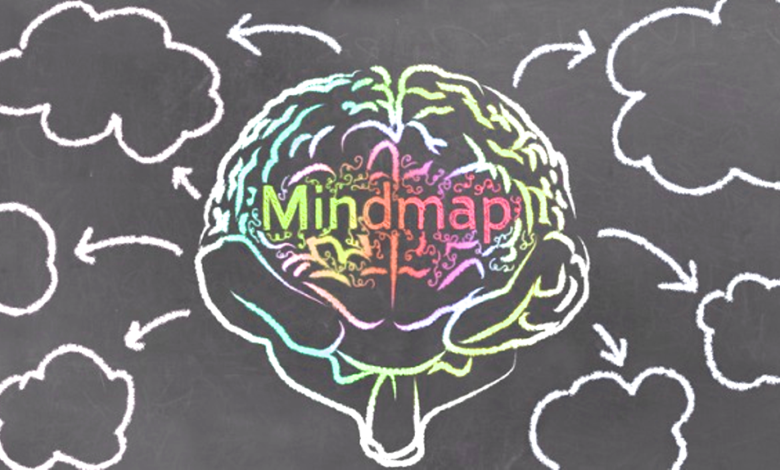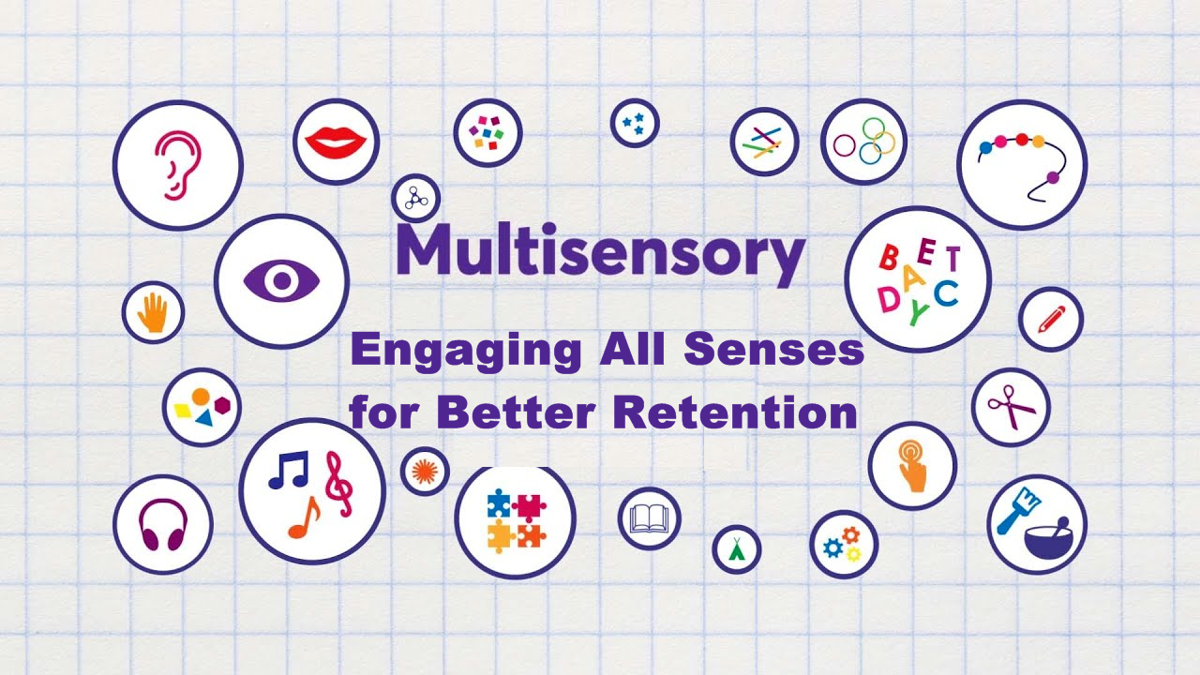Mind Mapping for Students: A Powerful Study Tool
Mind mapping for students enhances learning through visual organization. Learn how this powerful tool improves memory and creativity,

Mind mapping for students is an innovative and highly effective study technique that enhances learning, memory retention, and creative thinking. By visually organizing information, students can break down complex subjects into manageable, interconnected ideas. This method not only simplifies studying but also makes it more engaging. Whether preparing for exams, brainstorming essays, or taking lecture notes, mind mapping helps students absorb information faster and recall it more efficiently. In this article, we will explore how mind mapping works, its benefits, and practical ways students can incorporate it into their study routines for academic success.
As education evolves, students need tools that align with how the brain naturally processes information. Traditional note-taking methods often lead to passive learning, whereas mind mapping for students encourages active engagement. By using colors, images, and keywords, Mind Mapping stimulate both the logical and creative sides of the brain. This dual activation strengthens understanding and makes revision more effective. From elementary school learners to university scholars, mind mapping can be adapted to any subject or learning style. Let’s dive deeper into why this technique is a game-changer for academic performance.
The Science Behind Mind Mapping
Mind Mapping is rooted in cognitive psychology and how the brain stores and retrieves information. Research shows that the human brain does not think in linear lists but in interconnected networks of ideas. When students create a Mind Mapping, they mimic the brain’s natural thought processes, making it easier to form associations and retain knowledge.
Dr. Allan Paivio’s Dual Coding Theory supports this concept, suggesting that combining verbal and visual information enhances memory. Mind maps integrate words, colors, and images, allowing students to encode information in multiple ways. Additionally, Tony Buzan, the pioneer of modern mind mapping, emphasized that this technique improves comprehension by organizing ideas hierarchically. Instead of memorizing disjointed facts, students see the bigger picture and understand relationships between concepts.
Neuroscience also reveals that creativity and logic are processed in different brain hemispheres. Mind mapping bridges this gap by engaging both sides simultaneously. The visual-spatial aspect stimulates the right brain, while the structured layout appeals to the left brain. This holistic approach leads to deeper learning and better problem-solving skills.
Benefits of Mind Mapping for Students
Enhances Memory Retention
Since mind maps use keywords, colors, and images, they create stronger mental triggers than plain text. The visual layout helps students recall information during exams by activating spatial memory. Studies indicate that students who use mind maps retain up to 30% more information than those relying on traditional notes.
Improves Understanding of Complex Topics
Breaking down large subjects into smaller, linked segments makes learning more manageable. For instance, a biology student can map out the human circulatory system, connecting arteries, veins, and the heart in a single diagram. This clarity prevents overwhelm and reinforces comprehension.
Boosts Creativity and Critical Thinking
Unlike rigid outlines, mind maps encourage free-flowing ideas. Students can expand on concepts, draw connections, and explore different angles. This flexibility fosters innovation, making it ideal for essay planning, project brainstorming, and problem-solving.
Saves Time and Increases Productivity
Mind maps streamline studying by condensing lengthy notes into concise diagrams. Instead of rereading entire textbooks, students can review a single page summarizing key points. This efficiency reduces study time while improving results.
Adaptable to Any Learning Style
Whether a student is a visual, auditory, or kinesthetic learner, mind maps can be customized. Visual learners benefit from diagrams, auditory learners can discuss their maps aloud, and kinesthetic learners engage by drawing them.
How to Create an Effective Mind Map
Start with a Central Idea
Place the main topic in the center of the page. For example, if studying World War II, write it inside a circle.
Add Major Branches for Key Themes
From the center, draw branches for primary categories like “Causes,” “Major Battles,” and “Aftermath.” Use different colors for each branch.
Expand with Sub-Branches
Break down each category further. Under “Causes,” you might add “Treaty of Versailles,” “Rise of Fascism,” and “Economic Depression.”
Use Keywords and Images
Replace long sentences with single words or icons. A small flag can represent nationalism, while a dollar sign denotes economic factors.
Review and Revise
Regularly update the mind map with new insights. This reinforces learning and keeps information fresh.
Practical Applications for Students
Lecture Notes
Instead of writing paragraphs, students can summarize lectures in a mind map, capturing key points in a structured format.
Exam Preparation
Condensing entire subjects into a single diagram aids quick revision. Students can identify knowledge gaps and focus on weak areas.
Essay and Project Planning
Mind maps help outline arguments, gather research, and structure content logically before writing.
Group Study Sessions
Collaborative mind mapping allows peers to combine knowledge, leading to deeper discussions and shared understanding.
Language Learning
Vocabulary, grammar rules, and sentence structures can be organized thematically for easier memorization.
Digital vs. Hand-Drawn Mind Maps
While traditional hand-drawn maps enhance creativity, digital tools like MindMeister, XMind, and Canva offer convenience. Digital maps are editable, shareable, and can include hyperlinks—ideal for research projects. However, the act of drawing by hand may improve retention for some learners.
Common Mistakes to Avoid
Overcomplicating the Map
Too many details can make it confusing. Stick to essential points.
Ignoring Visual Elements
Colors and images are crucial for memory. Don’t rely solely on text.
Not Revising Regularly
Mind maps should evolve as understanding deepens.
Using Only Linear Notes
The power of mind mapping lies in its non-linear structure.
Read More: How to Write Notes That Help You Retain More Information
Conclusion
Mind mapping for students is more than just a study aid—it’s a transformative learning strategy that aligns with how the brain naturally functions. By converting complex information into visual diagrams, students enhance comprehension, retention, and creativity. Whether used for exam prep, essay writing, or collaborative projects, mind maps provide a structured yet flexible approach to learning.
In an era where information overload is common, students need techniques that simplify and accelerate learning. Mind mapping offers exactly that, making it an indispensable tool for academic success. By adopting this method, students can study smarter, not harder, and achieve better results with less stress. Start integrating mind maps into your study routine today and experience the difference firsthand.
FAQs
What is mind mapping?
Mind mapping is a visual technique that organizes information around a central idea using branches, keywords, and images.
How does mind mapping help students?
It improves memory, simplifies complex topics, boosts creativity, and saves study time.
Can mind mapping be used for group studies?
Yes, collaborative mind mapping helps students combine knowledge and brainstorm effectively.
Are digital or hand-drawn mind maps better?
Both have benefits—digital maps are editable, while hand-drawn ones may enhance memory.
Which subjects are best suited for Mind Mapping for Students?
All subjects, from history to science, can benefit as mind maps organize any information visually.







